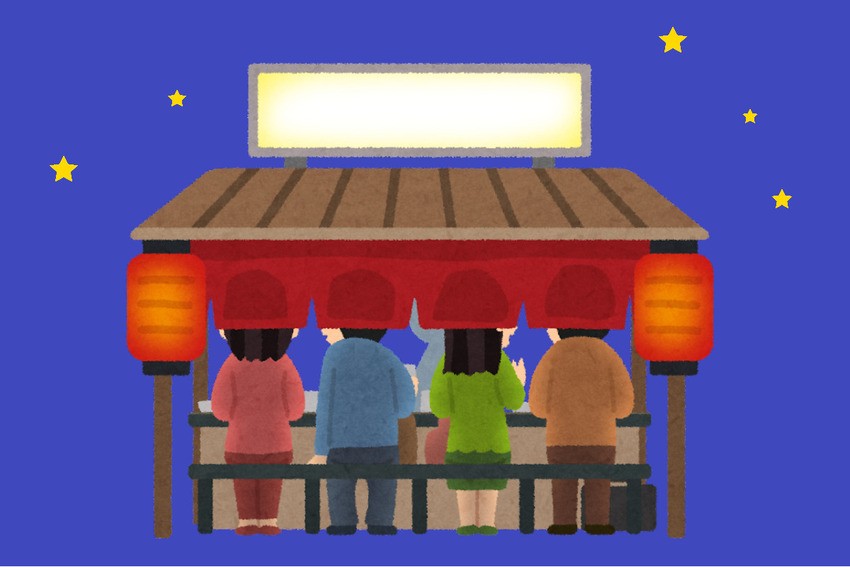
February 22nd is "Cat Day" in Japan!
It seems that this was decided based on a play on words, as the pronunciation of 222 is similar to the sound of a cat's meow in Japanese, "nyan-nyan-nyan".
Meanwhile, February 22nd is also a day for a certain food. That thing you strangely want to eat in winter, that thing that even has specialized stalls, yes, it's "Oden" day.
This also comes from a play on words with 222, but the pronunciation is "fu-fu-fu". It was established by the "Koshi no Oden Kai", a group working to make Oden a specialty of Niigata, and is derived from the act of blowing on hot Oden before eating it, which sounds like "fu-fu-fu".
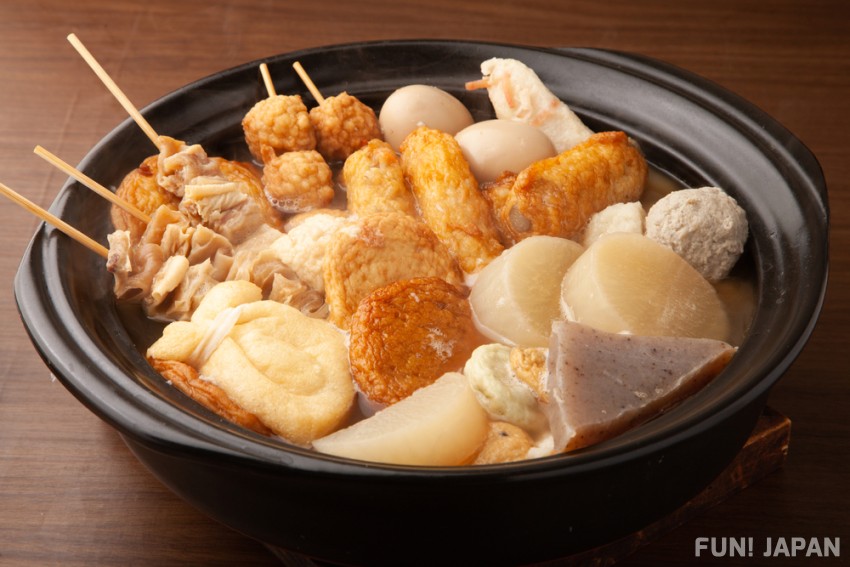
By the way, this name "oden" doesn't seem to have anything to do with the ingredients, but where does it come from? The origin is actually related to a festival. This time, in honor of "Oden Day", we will talk about the etymology of oden.
The etymology of oden comes from the name of a certain performance art
Why is it called "oden"? Here's the conclusion right off the bat. It actually originates from a performance art called "Dengaku" (田楽).
While current oden has various ingredients, it was originally tofu only. Moreover, simmered oden did not exist yet.
At some point, tofu became a shape like a clapper, and it was skewered and grilled. During the Heian period, it seems that salt was used instead of miso, but in the Muromachi period when miso was applied, it was called "odengaku" = "oden" when it was grilled with miso applied.
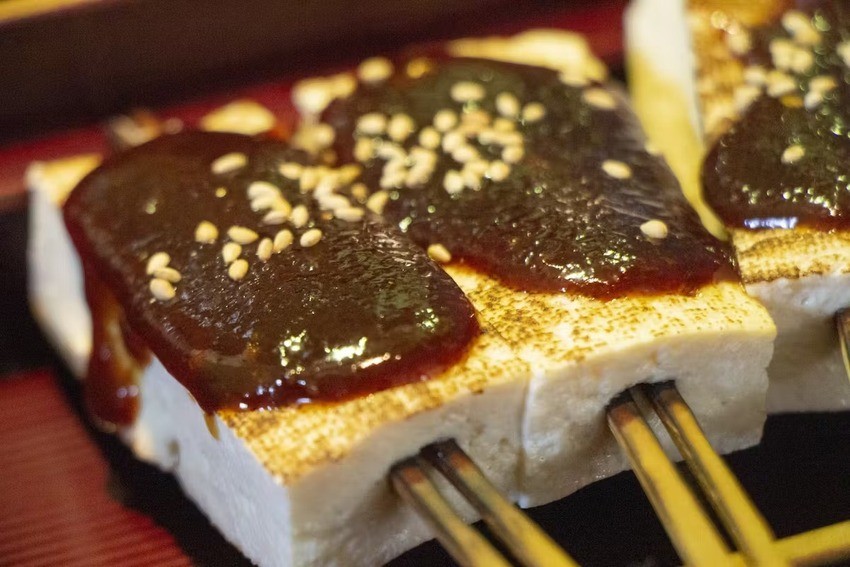
"Dengaku" performed during rice planting
Many of you may be wondering, what is Dengaku? Dengaku is a form of entertainment that was performed in parallel with rice planting.
In the success story of Fujiwara no Michinaga, "Eiga Monogatari," written during the Heian period, there is a description of Regent Fujiwara no Michinaga inviting the mother of Emperor Go-Ichijo, Akiko, to watch rice planting.
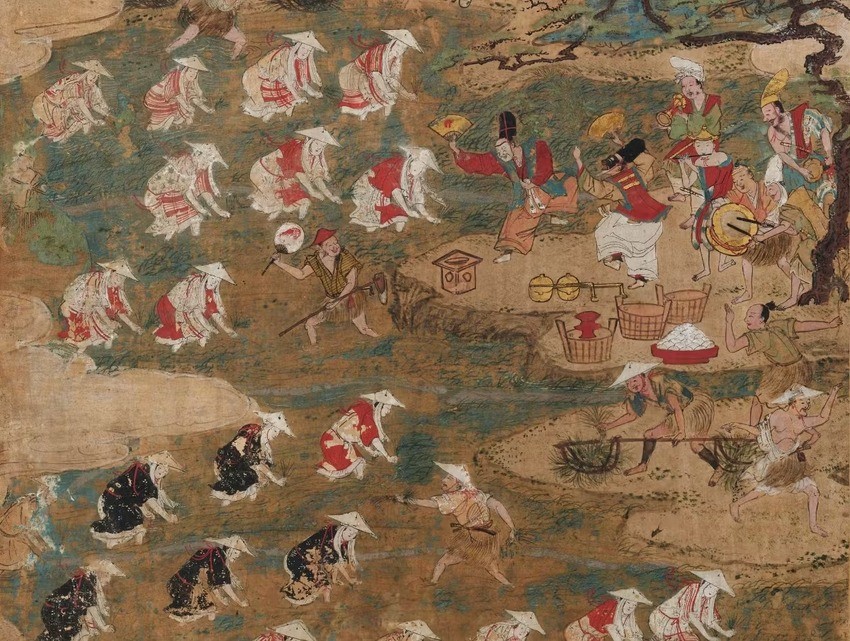
The scene depicts a young woman, "Saotome," planting rice, and men playing drums tied to their waists, blowing whistles, and singing to liven up the planting.
The movements of these men evolve into the entertainment known as "Dengaku".
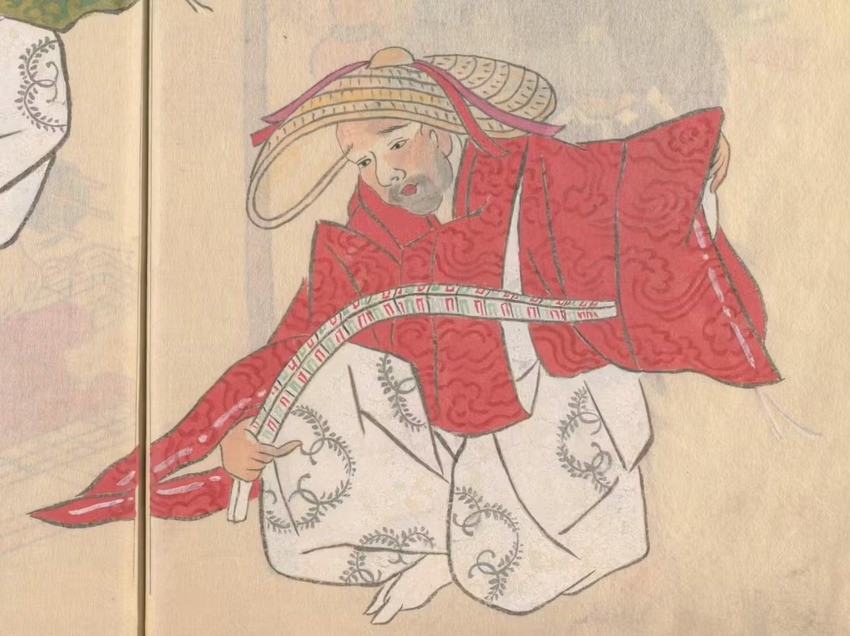
"rice field's performance art" = "Dengaku", which was separated from the rice fields and only the performance art part was picked up, became popular in the city as it was performed by lower-ranking monks called "Dengaku Hoshi".
Dengaku, which was a big hit in the Kamakura period
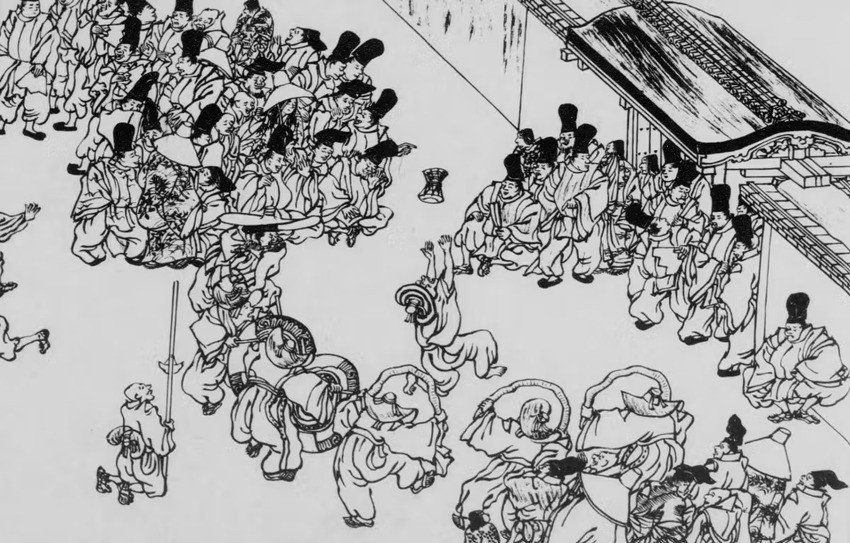
Dengaku was hugely popular during the Kamakura period. It is said that the Hojo Regent of the Kamakura Shogunate, who was the topic of a historical drama, was also a fan of Dengaku.
One of the performances carried out by these Dengaku priests involved a man hopping on a unicycle made from a single bamboo pole.
The origin of the modern shape of Oden
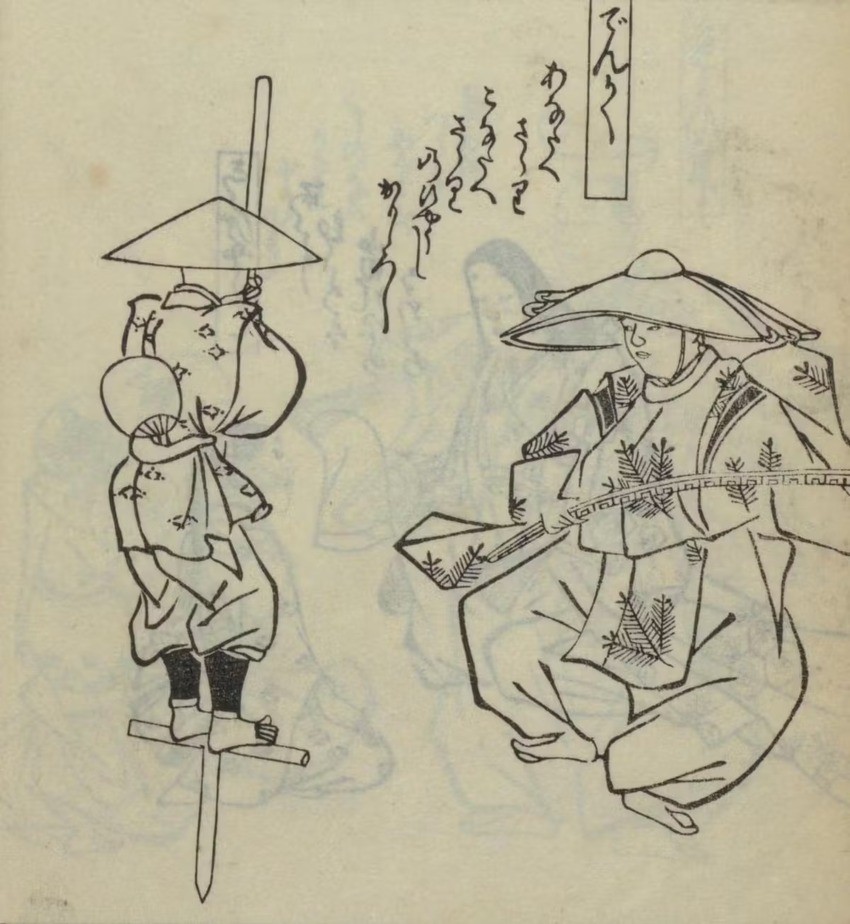
The name "Tofu Denraku" came from the resemblance between the sight of a man riding on this single-pole stilt and the sight of tofu skewered on a stick.
As time passed, the number of ingredients other than tofu increased, and it evolved from grilled dengaku to simmered dengaku. The name also changed from "Odengaku" (お田楽) to "Oden" (お田) and then to "Oden" (おでん).
Dengaku still remains in various parts of Japan today
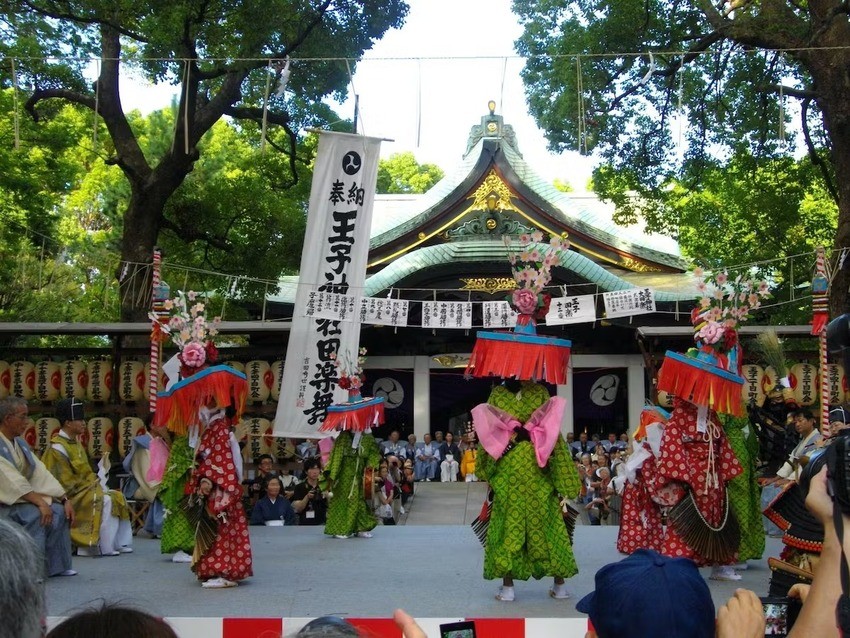
"Dengaku", which was performed during rice planting, became a form of entertainment during the Heian period, became very popular during the Kamakura period, and even became the name of a tofu dish, the root of Oden, during the Muromachi period. Even today, it is passed down as a folk entertainment in various parts of Japan.
In 1990, the eighth generation Noh actor Nomura Manzo (1959-2004) collaborated with academic researchers, musicians, and dancers to modernize Dengaku, creating "Daidengaku". Since then, Daidenraku has been held as a citizen-participation festival at multiple locations nationwide, starting with Yamashiro Onsen in Kaga City, Ishikawa Prefecture.
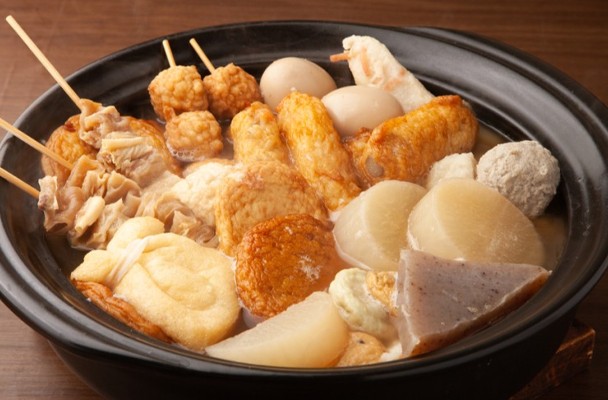
Comments